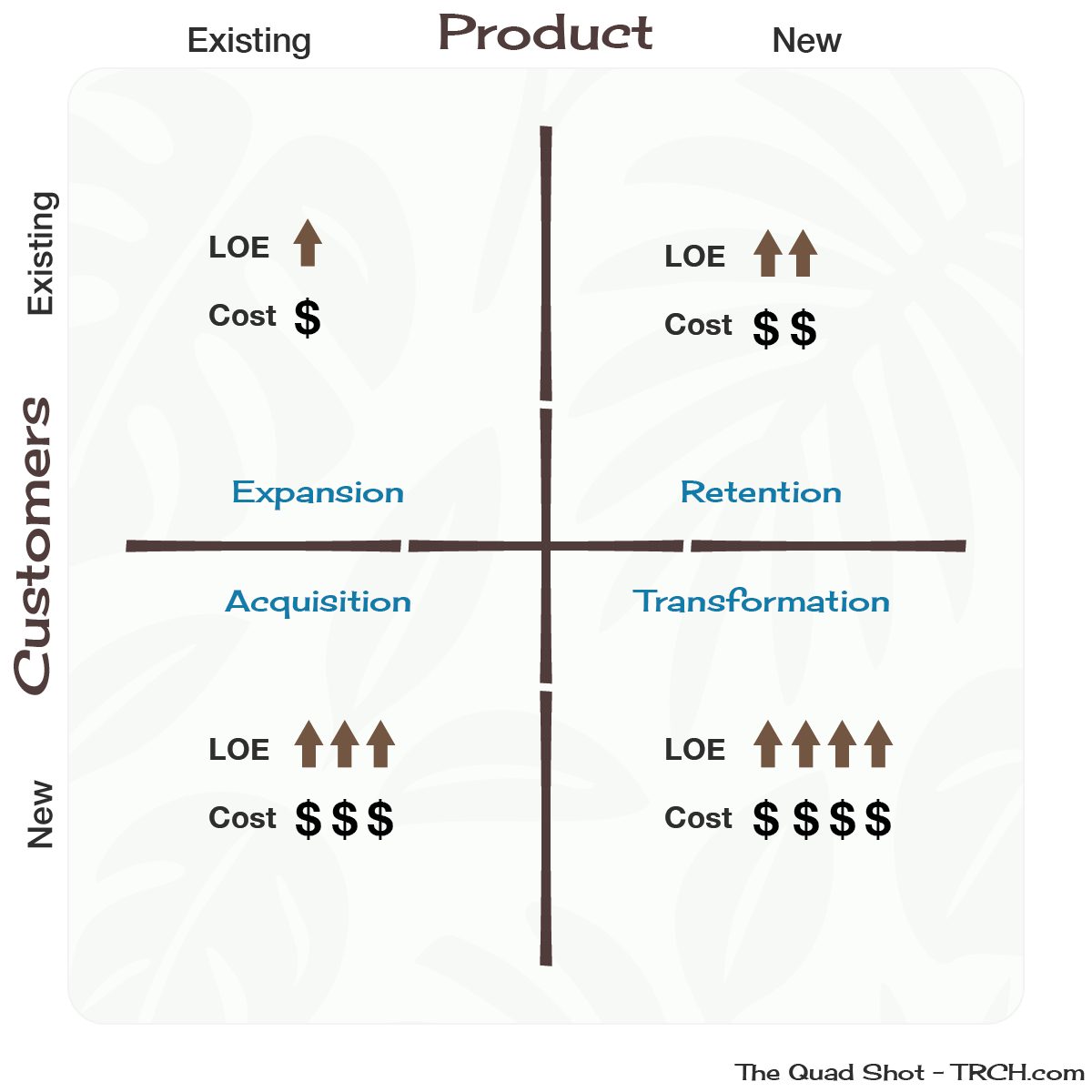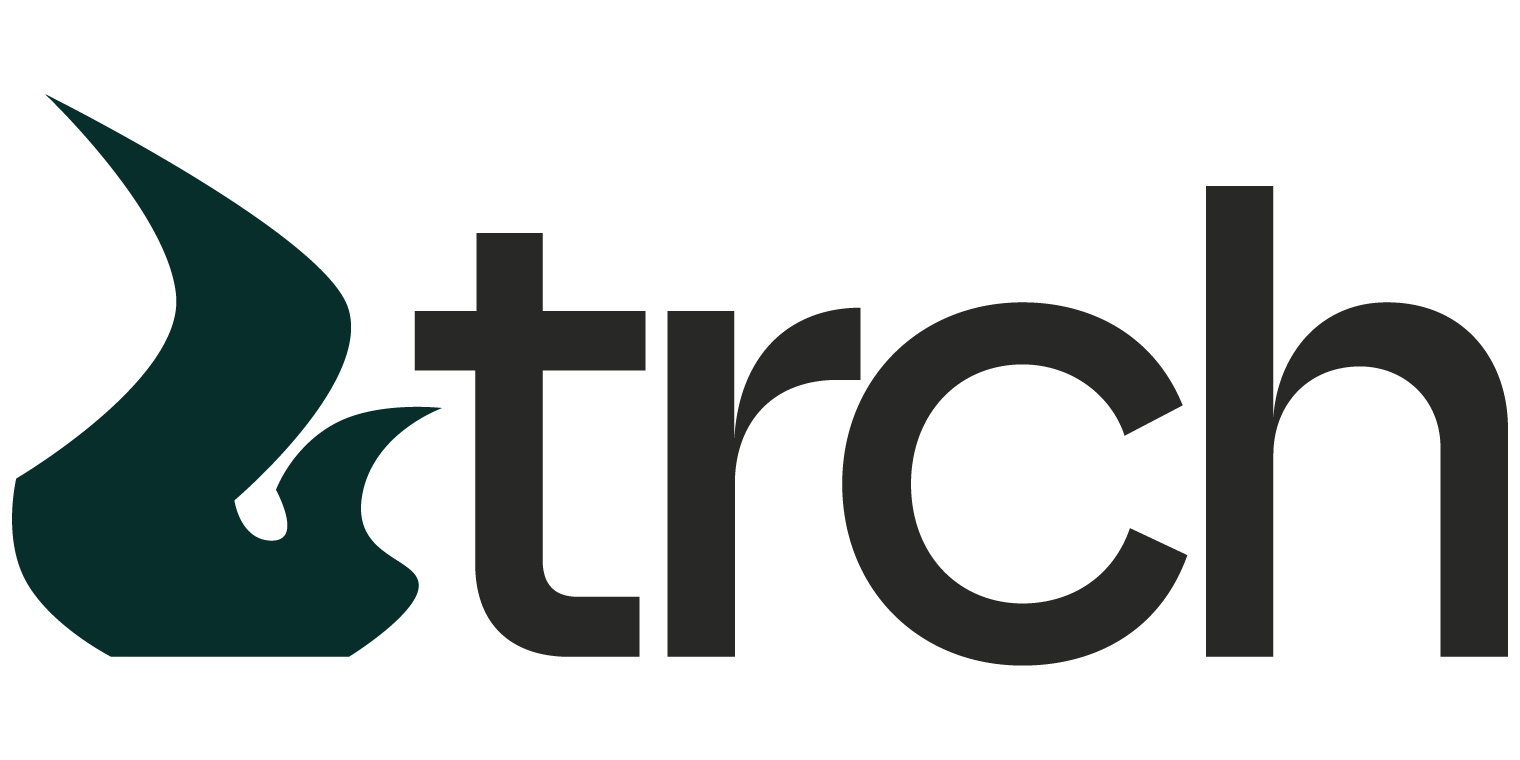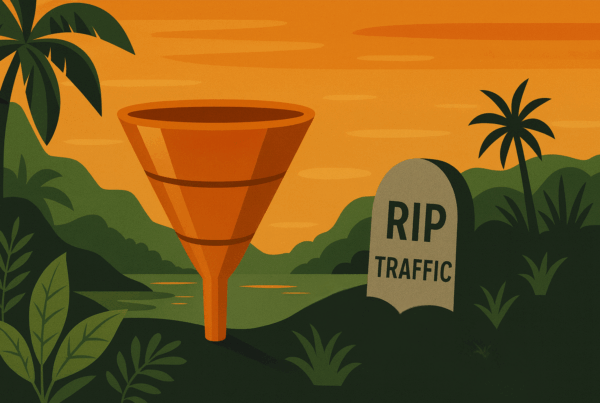A Marketing Framework for Brands Who Can’t Afford to Miss
In a market where even your media buy has an ego, growth has become expensive—and mistakes have gotten even pricier. Across the board, companies are feeling the squeeze: media costs are up, overhead is sticky, and the mythical “efficient channel” is acting more like a grifter than a growth engine. It’s not just startups. Mid-market challengers and even enterprise brands are questioning how much firepower to keep throwing at diminishing returns. I’m questioning it as a fractional CMO and a business owner myself, and looking for a marketing framework to rely on.
The tension is real: How do you grow and use a marketing framework without going broke?
We’re seeing it across SaaS, fintech, healthcare, and ecommerce – marketing spend is getting harder to justify, and every budget line is under the microscope. But growth isn’t dead—it’s just more selective now. And the companies that win know exactly which levers to pull.
Know What Stage You’re In (Or Risk a Faceplant)
Here’s the uncomfortable reality: a good chunk of marketing waste happens when companies act like they’re in one stage of growth while operating in another.
The early-stage startup trying to run a retention play before finding product-market fit. The mature company obsessing over new logo acquisition while quietly bleeding out its existing customer base. The funded scale-up throwing budget at “awareness” when conversion rates say otherwise.
Enter: The Quad Shot Marketing Framework.
A four-quadrant strategic tool that forces clarity on two essential axes—customer type (existing vs. new) and product type (existing vs. new). Now, I’m not taking credit for any new concepts here other than opening your eyes to the obvious in a different way.
Here’s the layout:

Each quadrant represents a different growth play—with different risks, rewards, and execution demands.
Businesses with focus and properly aligned resources can successfully navigate the quadrant and advance through stages as fast as their revenue allows.
Repackaging: The Strategy Hiding in Plain Sight
Sometimes the smartest play isn’t new—it’s new looking. Repackaging is the art of telling the same story with a different cast, setting, or angle. And it’s wildly underused.
Take the auto industry:
- Volkswagen and Audi share platforms, engines, and interiors—but swap the badge, materials, and perception. Result? A 30%+ premium.
- Toyota and Lexus did it with even more finesse. Same chassis, different world.
And in television? The sitcom archetypes don’t change. The office changes. The cast rotates. The tone shifts. But the formula—relatable personalities bouncing off each other in predictable rhythms—still sells.
Repackaging isn’t laziness. It’s leverage.
For brands, this can mean:
- Taking a successful product and building vertical-specific messaging
- Creating premium tiers for the same core offer
- Relaunching into a new channel with adjusted pricing
In The Quad Shot, repackaging is often the difference between Expansion and Transformation—or between Retention and irrelevance.
Risk, Reward, and the Role of Positioning
Let’s be honest—every quadrant has landmines.
- Expansion can lead to customer fatigue or overcommunication
- Retention can mean over-investing in a segment with capped upside
- Acquisition can drive CAC through the roof
- Transformation is where CMOs go to test fate
But when done right, each play is a power move. The key? Positioning.
Positioning isn’t just what you say. It’s what you don’t say. It’s which quadrant you prioritize and how you commit to it across channels, content, and cadence.
For example:
- If you’re in Expansion, your messaging should speak to maximizing value.
- Acquisition mode is about speed, clarity, and removing friction.
- In Retention, your tone should shift to partnership, trust, and insider access.
- And Transformation? That’s a brand storytelling masterclass. You need both credibility and freshness, which is no easy cocktail.
Listen Better, Not Louder
The final layer of this is market signals. Too many brands are broadcasting instead of listening. Or worse, they listen to the loudest voices, not the most important ones.
A great strategy starts with asking the right question to the right segment.
- What are they searching for? Better yet, are they just underserved?
- What are they abandoning?
- What gets a click but not a conversion?
- What gets saved but not purchased?
Intent isn’t soft. It’s data. But only if you’re tuned in.
The companies that execute The Quad Shot best are the ones that treat market signals like gospel—and build plays around what’s real, not what’s just loud.
In a market that rewards clarity and punishes waste, knowing which shot to take—and when—isn’t just smart. It’s survival.





